Ayurvedic Recipes
Ayurveda looks to food and diet as one of its main methods of keeping the body healthy, balanced, and well. It also incorporates the use of herbs and spices, along with lifestyle, daily routine, and self-care practices. As you discover ways to weave Ayurveda into your life, cooking with herbs and aromatic spices is a must!
There are many ways to go about preparing herbs and spices for cooking, including the use of both fresh herbs and dried herbs. You may even have some of Ayurveda's favorite cooking herbs already growing in your garden. As you explore these recipes and deepen your relationship with Ayurvedic herbs, we encourage you to play and get adventurous with all your favorite meals.
If you're not already in the habit of cooking with herbs and spices, we recommend starting with Ayurveda's most commonly used favorites. When you're considering how to use herbs in cooking, we hope this cooking herbs list offers some inspiration:
Cumin: A versatile cooking herb that's balancing for all doshas, cumin is excellent in stir fries, kitchari, and savory meals. It's also found in Ayurveda's popular CCF tea, which is short for cumin, coriander, and fennel, and is excellent for supporting digestion.
Coriander: Known as cilantro when it's fresh, the dried seeds of the same plant can be used in a variety of meals to support healthy digestion.
Turmeric: This beautiful golden root can be used fresh or dried to bring its delicious flavor and healing properties to your meals. It can also be used in drinks, smoothies, and even desserts.
Fennel: Cooling and soothing for the system, while also supporting healthy digestion, fennel is a great herb to add to meals like kitchari or soups. It can be used fresh or dried.
Mustard Seeds: If you want to add a tasty pop of heat to your food and fire up your digestion, mustard seeds are an excellent choice.
Ginger: Looking for a sweet and spicy kick? Ginger can be used fresh or dried, and works wonders when added to savory dishes and sweet treats alike.
Garam Masala: This is a traditional blend of Ayurvedic spices that brings a distinct depth and delicious flavor. It can also be used in the realm of savory or sweet.
Tulsi: Also known as “holy basil,” tulsi is considered to be a sacred and healing plant across India. The fresh leaves can be used in pesto, and it also makes a wonderful warming tea that uplifts the spirits and imparts a sattvic, peaceful energy.
These are only a few of Ayurveda's many herbs and spices. Once you begin to explore, the opportunities to incorporate these plants into your diet and daily routine are endless. And the good news is, you really can't go wrong.
Developing a relationship with the personalities and properties of each plant is a lifelong journey. So set aside some time in your kitchen, drop into your senses, and tune into each herb as you cook. Savor their unique textures, colors, aromas, and flavors, and enjoy the process!


![Chai Spiced Bitter & Bold Latte Recipe [Video]](http://www.banyanbotanicals.com/cdn/shop/articles/two-new-brews-main.jpg?v=1729614048&width=533)

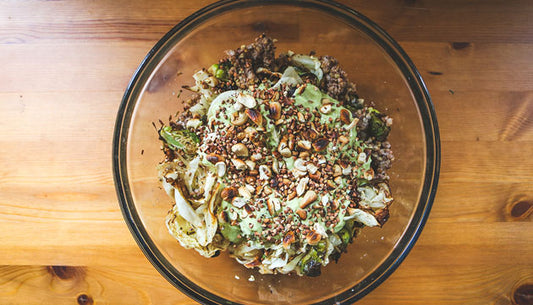
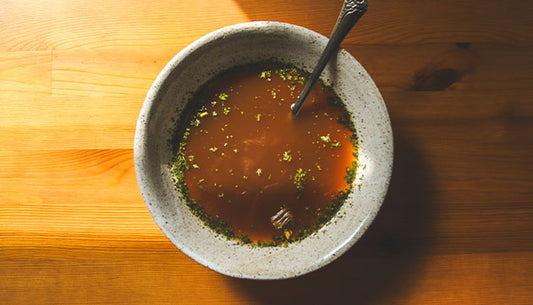

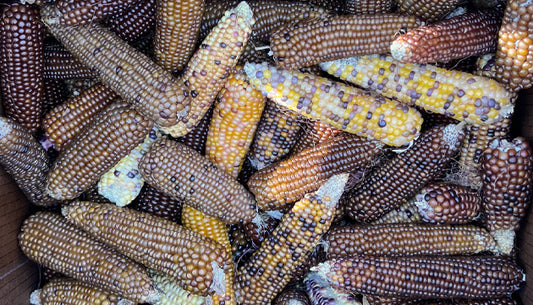
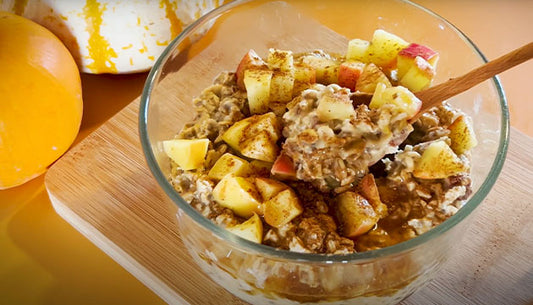

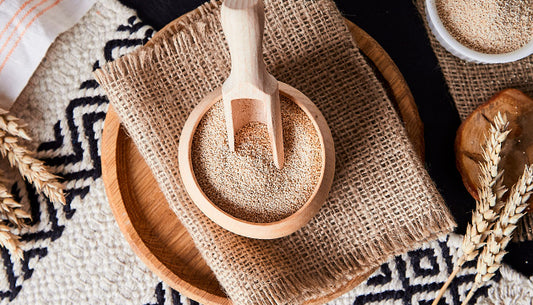
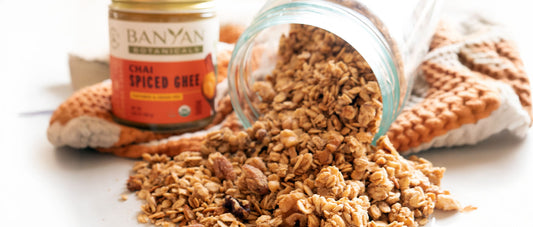
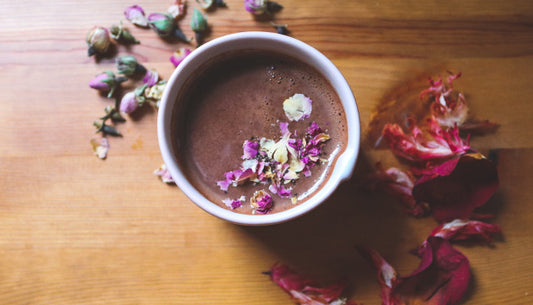
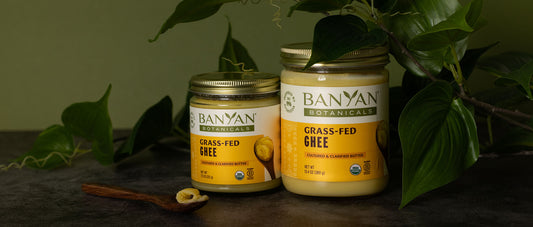
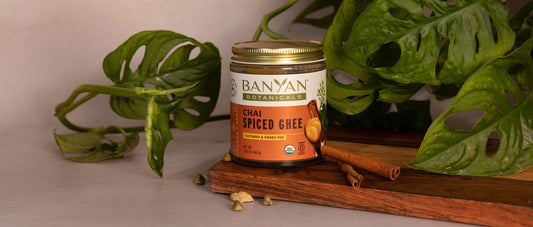

![Poached Pear Recipe and a Few Sweet Holiday Reminders [video]](http://www.banyanbotanicals.com/cdn/shop/articles/poached-pears-recipe-landing_2c887205-78eb-44d4-8c72-10a1c5d71b76.jpg?v=1717711912&width=533)







